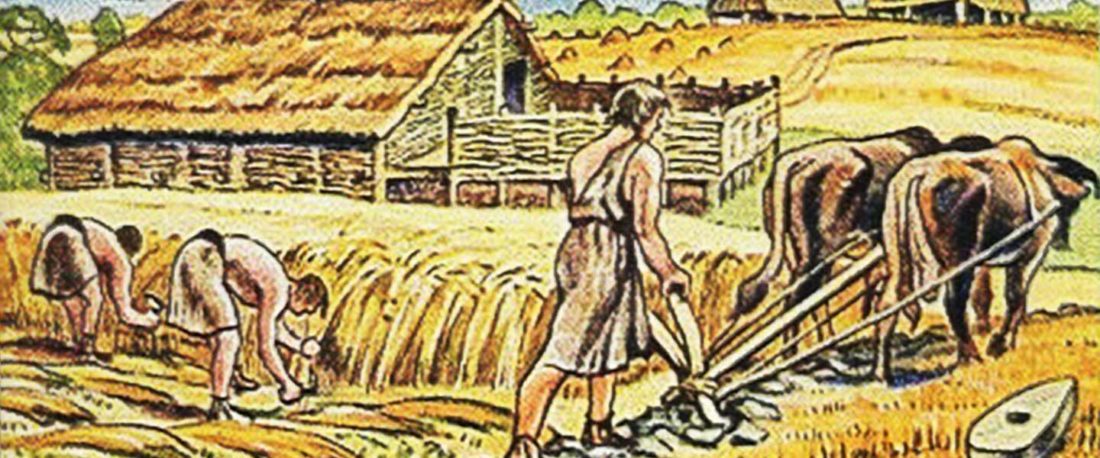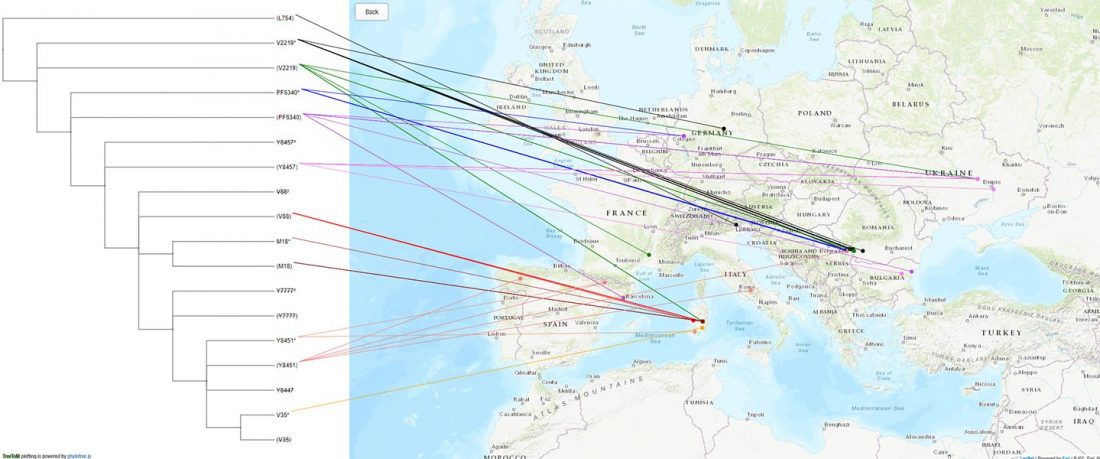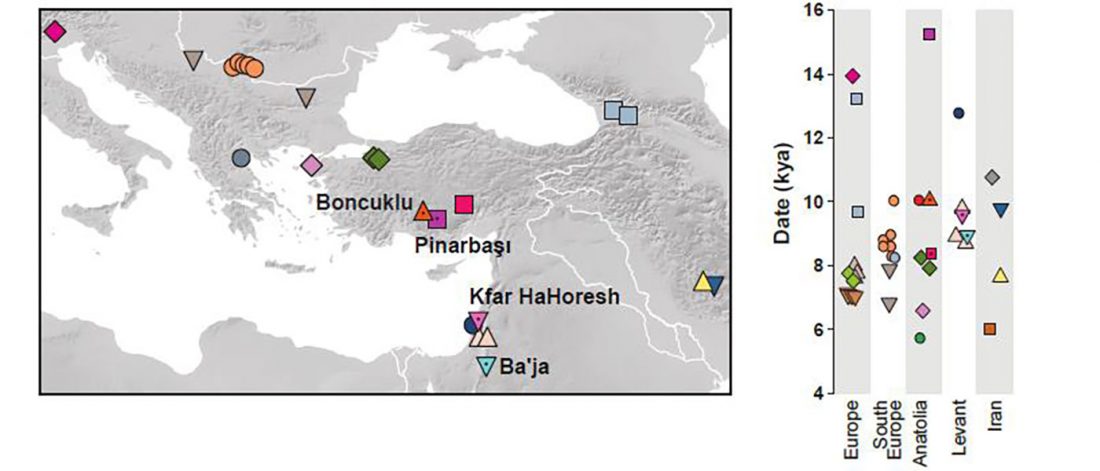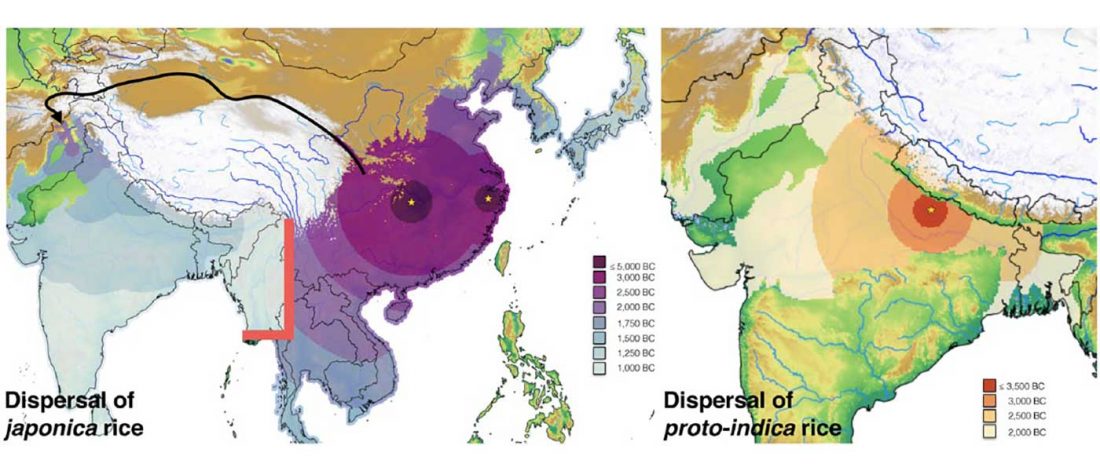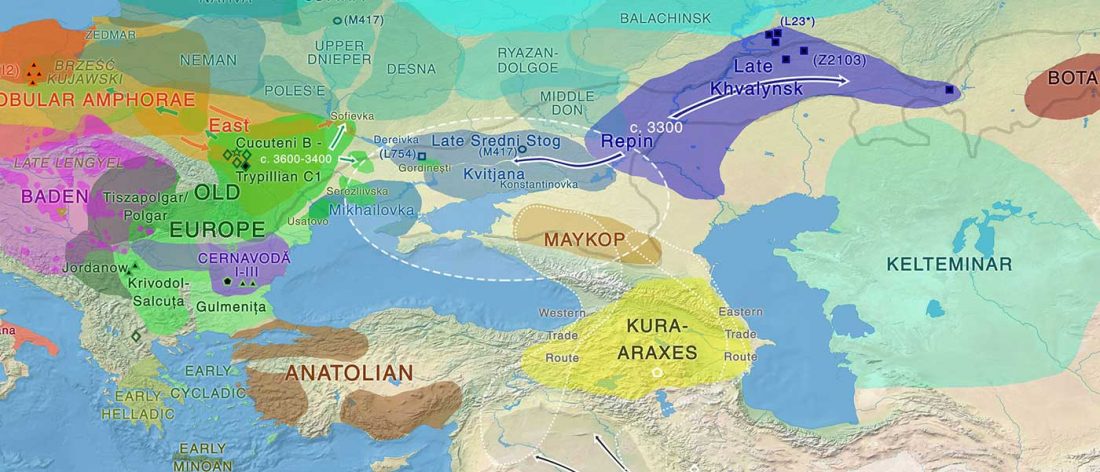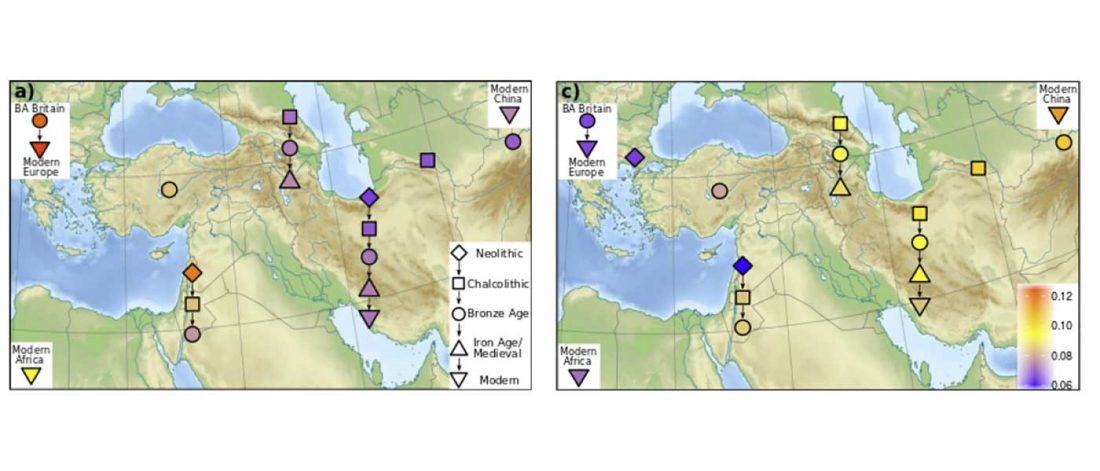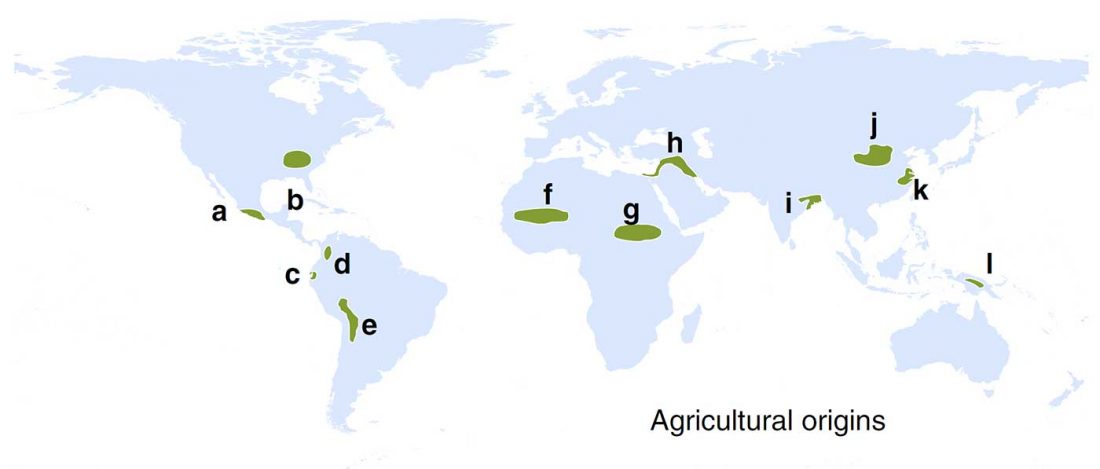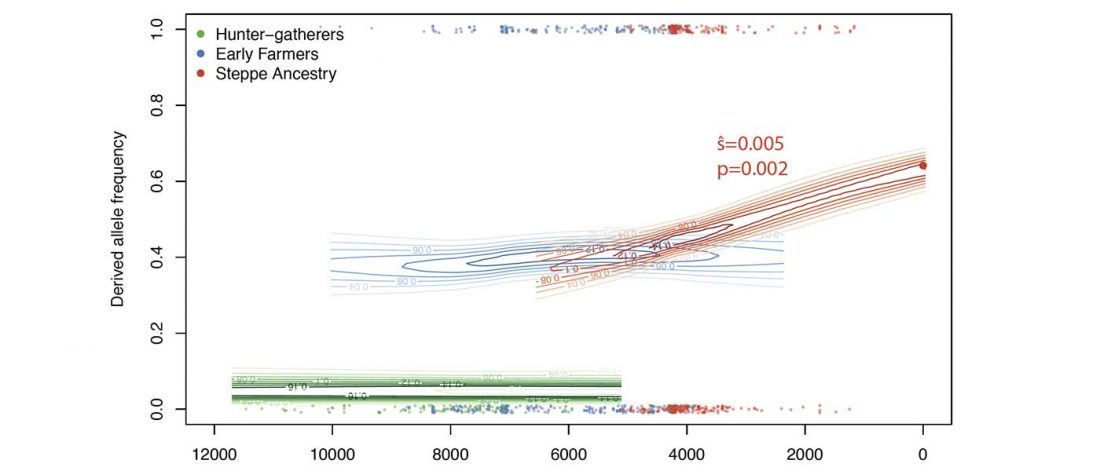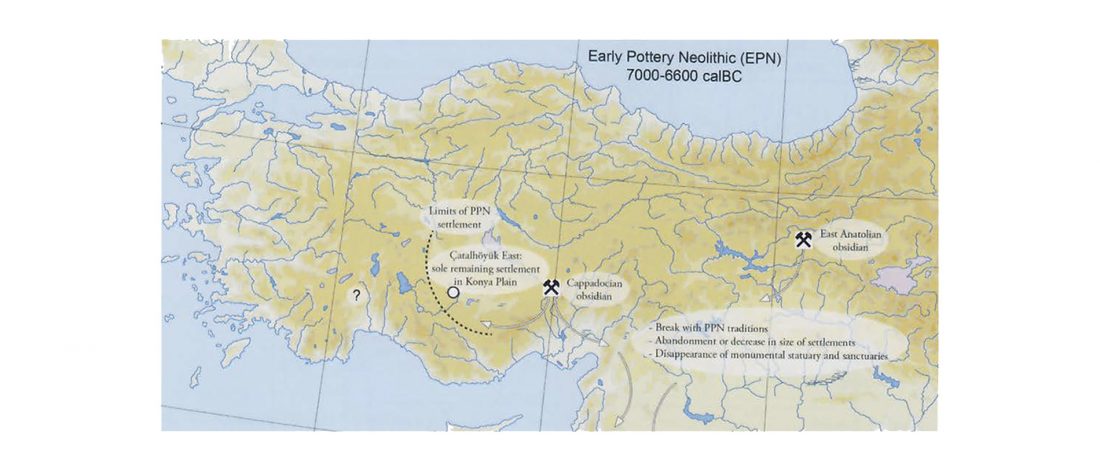This post is part of a draft on palaeolinguistics and the Proto-Uralic homeland. See below for the color code of protoforms.
5. Apiculture
5.1. Honey and honeybees
PU (Saa. ← Fi., Md., Ma.?, Hu., P → Smy.) *meti ‘honey, nectar’ (UEW Nº 539) ← PIE/Pre-PIIr. *medʰu ‘honey, mead’.
NOTE. The specific source PIE stage is impossible to determine with precision. For supporters of Indo-Uralic, the dental could represent the divergent evolution in both dialects (Kümmel 2019). However, the substitution of PIE *dʰ for PU *t and final PIE *-u for PU *-i are regular … Read the rest “Proto-Uralic Homeland (III): Agriculture & Apiculture”
